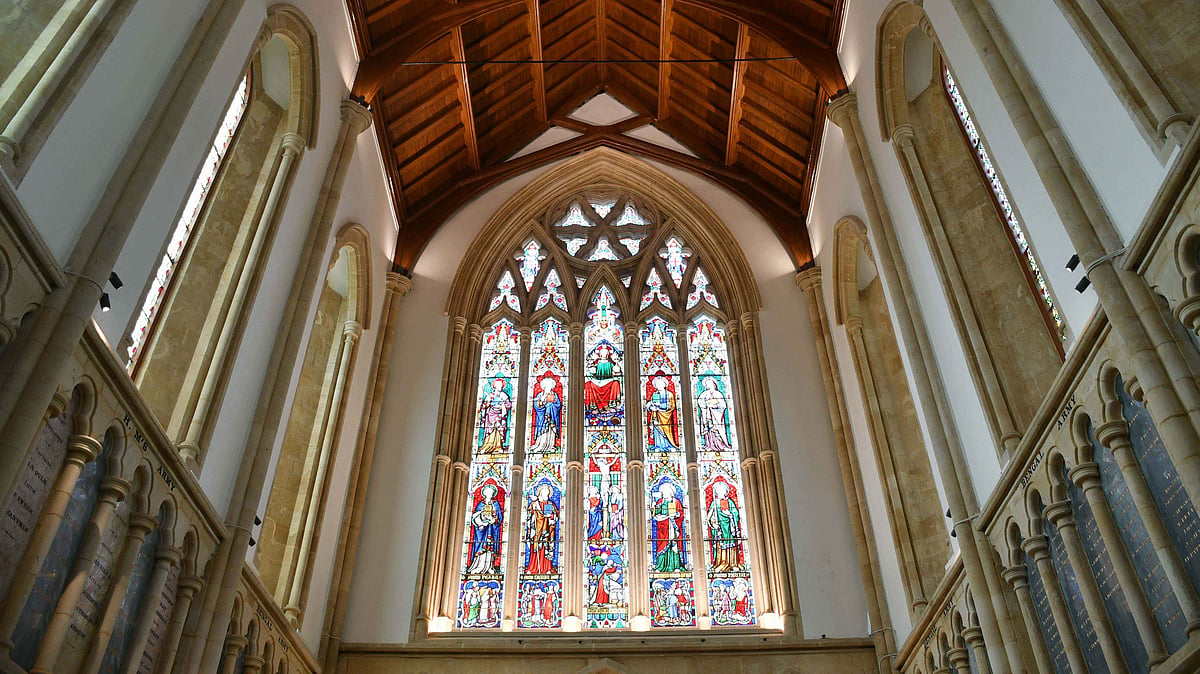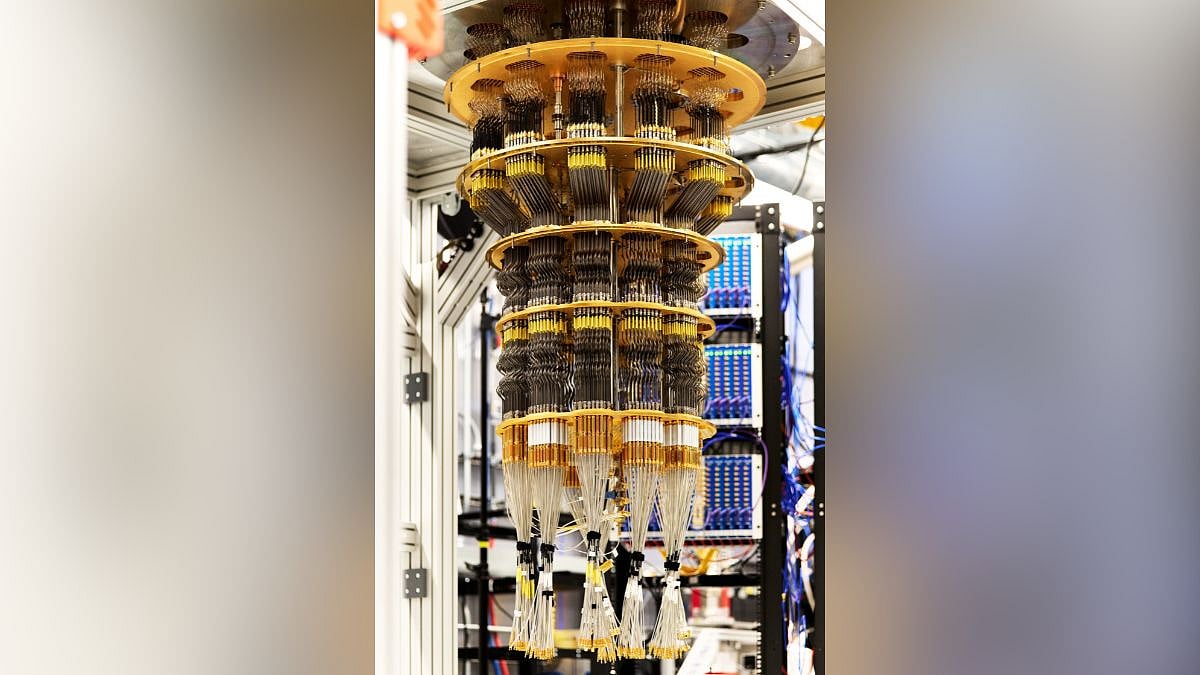With the layers of grime and soot that had collected on the stone walls over the decades scraped away and its stained glass windows and timbered roof restored, the Afghan Church, one of Mumbai’s historic landmarks, is ready for religious services again. The church will be open for devotees from March 4th.
The church, which underwent two years of repairs and restoration, is a memorial to the soldiers from the Madras, Bengal and Bombay regiments, who died in the Anglo-Afghan wars in the 19th century. Consecrated in 1858 and officially called the Church of St John the Evangelist, it is now used by the Church of North India congregation, formerly a part of the Anglican establishment.

Salman Ansari
Christopher Elisha, member of the church’s pastorate committee, likened the financial efforts for the restoration to god-sent gifts. “For many years, as people know, the church was in a bad shape. We badly needed funds. With its massive structure and details like the stained glass, the work was overwhelming, both physically and financially,” said Elisha. Being a religious structure, public funds were elusive. “So, the onus was on us to raise funds,” he added.
Help came from stained glass expert Swati Chandgadkar, with whom the church committee had worked earlier. The World Monuments Fund India took over the mammoth task, engaging restoration and structural architects for the project. Once the funds, largely corporate social responsibility grants, were received, work started in March 2022.
The church, which is built in the neo-Gothic style in local stone, needed extensive structural repairs and restoration of its roof. Conservation architect Kirtida Unwalla said that unlike churches of that era, which had a floor plan resembling the crucifix, the Afghan Church had a simpler layout. “Restoration of the Afghan Church is a dream come true,” she added, thanking collaborators for lending their ‘ears, eyes and purse’.

Salman Ansari
Dedicated to St John, the youngest of Christ’s apostles, the church is embellished with its symbols like the lamb figure on the altar and the brass eagle on the lectern. Conservator Anupam Saha, who worked on the restoration of the artefacts like the lectern, mosaic, plaques, wooden pulpit and metal screens, said that a poultice was applied on the walls to remove the soot and salt that had collected on the walls, discolouring them. With the public funded restoration of the church, there are now plans to use it as a social venue for concerts and other cultural events.











